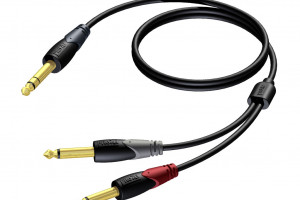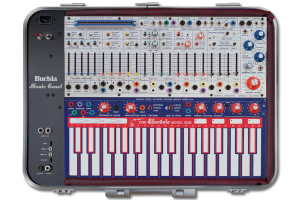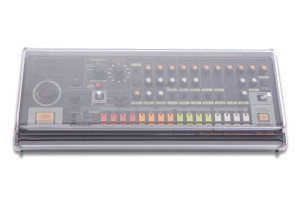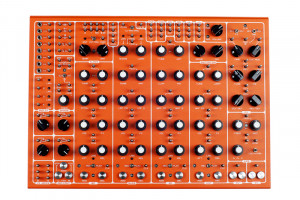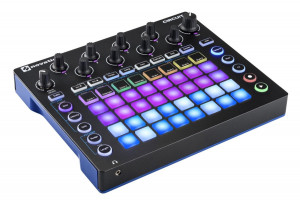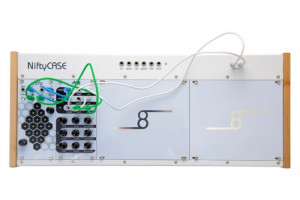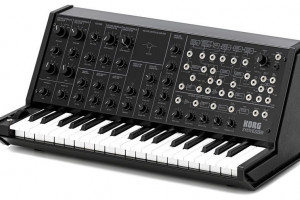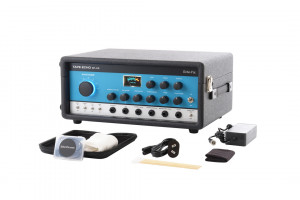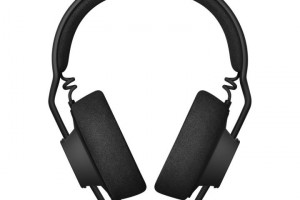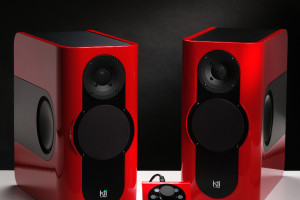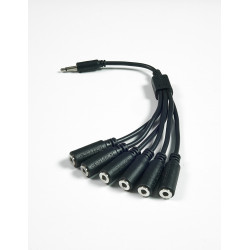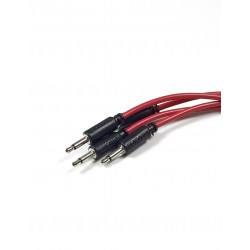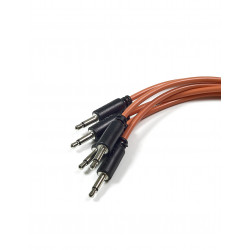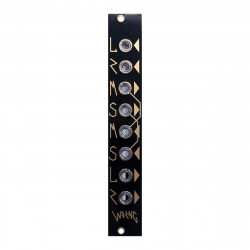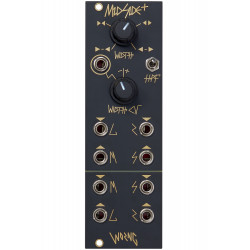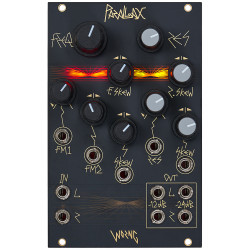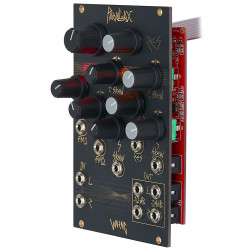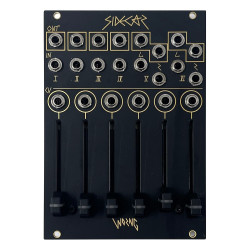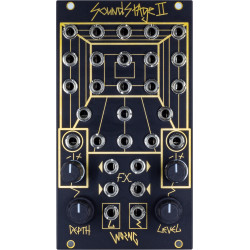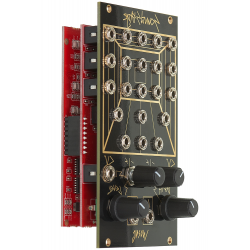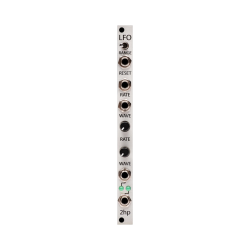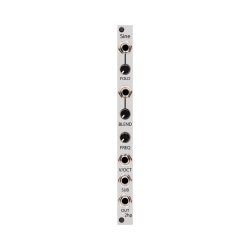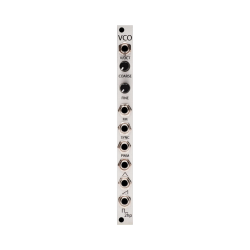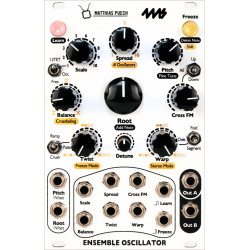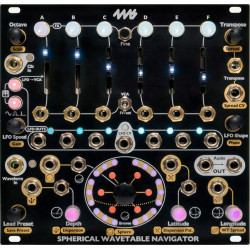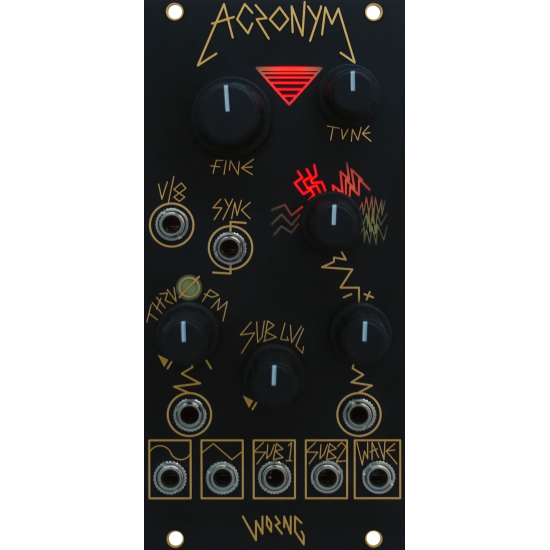
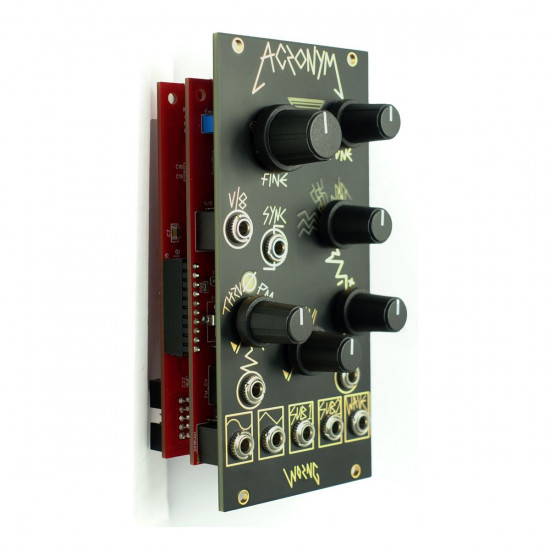


- Stock: In Stock
- Model: Acronym
More from this brand
ACRONYM stands for
Analogue CoRe Oscillator New tYpe: Morphing. It combines a solid-tracking triangle core analogue VCO with some unique waveshaping circuits, and packages it all with a user-friendly interface that allows precise control by hand or with CV.
The key parts of ACRONYM are:
- Triangle core VCO
- Waveshaping circuits
- Two-octave sub-oscillator
- Five-way voltage-controlled waveform morpher
- Audio outputs
VCO CORE:
The triangle VCO core features linear through-zero phase modulation for clean and tuneful FM tones, and is the basis of all outputs from the module. The core accurately tracks 8+ octaves, even while being
modulated, and includes hard sync. The Sync input detects a rising edge and resets the core to its negative peak. The volt per octave input is marked V/8 and is accurately calibrated in the factory.
Some may wonder why the Fine Tune control is large and the Coarse is smaller, as these are often the other way round on modules from other companies. This design choice was made as a larger control makes it easier to make a finer adjustment, as it has a larger circumference than a smaller control. This allows the Coarse tune to quickly get you in the general range of where you want your frequency to be, and then use the Fine tune for accurate final control. This is particularly effective for Phase Modulation, where accurate frequency ratios between the VCO and modulation source are important.
WAVESHAPING:
Waveshaping creates additional Sine and Sawtooth waves from the Triangle core, and a Pulse to drive the sub-oscillator circuit. The Sine is then fed through an additional Wavefolder circuit to create rich and complex harmonic overtones. Note that the Wave Morph CV is used to subtly modulate the Bias of the Wavefolder circuit to create interesting shifting fold behaviour as the folded wave is blended into the Saw.
SUBOSCILLATORS:
The sub-oscillators are specifically shaped to create a hybrid square/saw shape which has a more characterful chewy sound than a typical perfect square shape. This also allows them to be used as modulation sources which give a wider range of voltage rather than just the on/off of a square wave. The triangular frequency indicator on the panel is not driven directly by the core, but by the -2 oct suboscillator. This makes it easier to detect frequency changes, as well as the distinctive behaviour of the suboscillators while the core is being phase modulated. Because the suboscillators run from a comparator which is triggered by a level detector in the VCO core, when the core is being phasemodulated through zero it may cross this threshold multiple times as the core rapidly reverses direction, leading to periodic higher frequency outputs from the suboscillators. This more complex phase modulation doesn’t exactly follow the core which is what makes it interesting, but can seem chaotic at times. You’ll find that using a modulation source which is tuned to a multiple of the core frequency will tame this behaviour somewhat if needed, and using sync between two even moreso.
WAVEFORM MORPHER:
This output morphs between the Triangle, Square, Saw and Folded Sine waves with the Wave control or Wave CV input. Additionally, a combination of the -1 octave and -2 octave sub oscillator waves can be mixed into the Wave output with the Sub Lvl control. This allows you to get a complex mixture of waveforms as the basis of your synth voice without the use of external mixers, as well as use voltage controlled morphing to generate more complex waveforms.
The Morph CV input is designed to accept a voltage from -5V to +5V and is attenuverting so it can be swept fully with a typical Eurorack audio signal. Of course this means if you have a stronger signal, for example a +10V envelope, turning the input attenuvertor to 50% will give the full range of modulation. Because it’s a 100% analogue circuit the input can be pushed outside those bounds and instead of clipping at the edges it will continue giving interesting outputs as it’s pushed.
AUDIO OUTPUTS:
The Triangle and Sine waves, as well as the one and two octave Sub-oscillator outputs, are available as outputs on the bottom of the module. The final output is the Waveform morpher output, marked
Wave on the panel.
The design choice was made to provide the simpler, less harmonically rich waveforms on their own outputs both so they could be used as modulation sources and as a clean output to create more complex waves via phase modulation. The more complex and harmonically rich waveforms are available via the Morpher on the Wave output.
-285x169.png)
